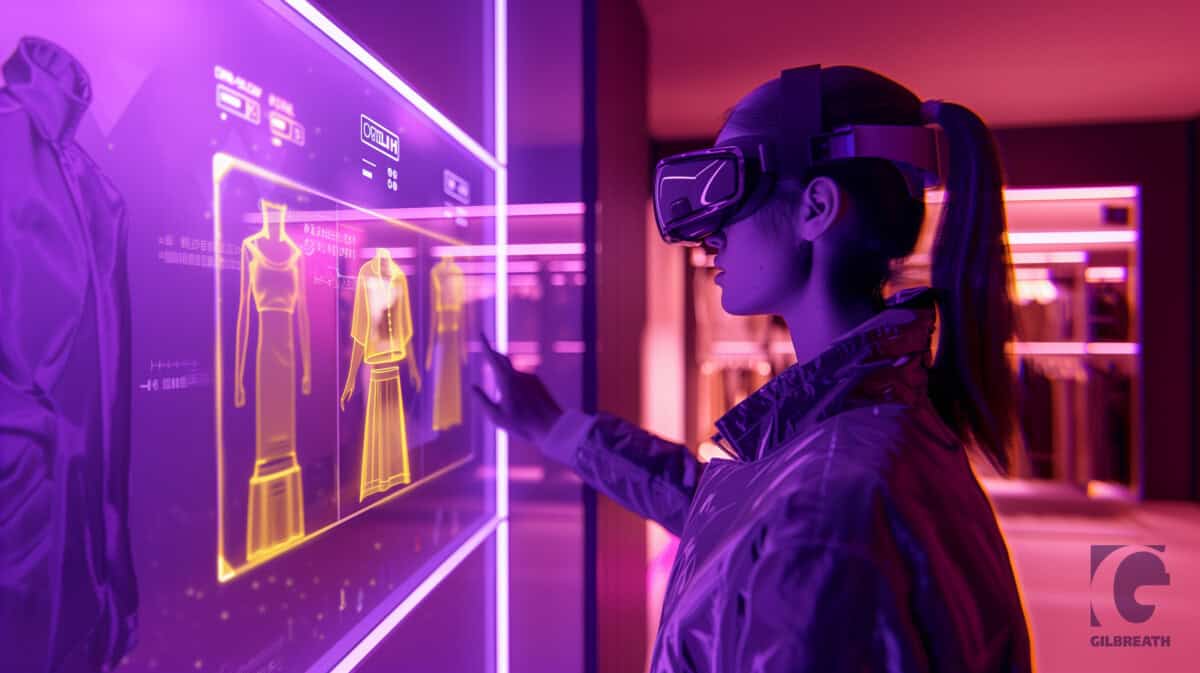
By Wayne Hall
Senior Copywriter
Augmented reality (AR) technology is common in our daily lives. So common in fact, that many of us don’t bother to call it AR while being very familiar with it.
AR is the enhanced navigation system in automobiles that can superimpose a route over the live view of the road. It’s what sports broadcasters employ during a football game to draw lines on the field to illustrate and analyze plays. IKEA has an AR app that enables customers to view how a piece furniture will look and fit into their homes. And the AR mobile game Pokémon Go has been a global success since its launch in 2016.
As the technology continues to advance, AR has a starring role in advertising and marketing campaigns. According to Statista, AR advertising is on track to generate about $5.2 billion in revenue this year.
One obvious reason is that AR is undeniably engaging and memorable when used to present a product or message. AR differs from virtual reality (VR) technology in that VR is a digital tool that fully emulates the real world through computer-programmed elements. AR, by contrast, allows you to digitally embellish real-world structures.
For example: AR overlays graphic elements onto a camera’s live feed or whatever input device is being used and the user can clearly see reality being augmented. Meanwhile, VR provides a full simulation of physical reality that users can immerse and involve themselves in as a computer controls users’ navigation through an alternate reality.
Key statistics about AR’s growth in advertising, marketing and beyond:
- Two-thirds (67 percent) of advertising agencies are increasing their AR usage
- 61 percent of consumers prefer retailers offering AR experiences
- Between 70-75 percent of people aged 16 to 44 are familiar with AR, whereas this number drops among older demographics
- 70 percent of consumers view AR as a valuable tool for skill acquisition
- More than two-thirds of US residents foresee AR becoming a routine part of life in the future
- 55 percent of consumers find shopping with AR more entertaining
- 91.7 percent of Gen Z shows strong interest in AR-based shopping
- The AR market is estimated to be worth more than $50 billion in 2024
There’s a growing number of marketing campaigns that have cleverly and successfully used AR. The popular footwear and apparel brand Converse, in their “Chuck Taylor All-Stars Sampler” app, allowed customers to virtually try on different shoe styles, colors and designs. Another successful AR retail campaign came from the fashion brand Gap, which used AR to enhance customers’ in-store experiences.
Ongoing innovative advances in AR technology (along with artificial intelligence and virtual reality) are rapidly raising the stakes for marketers whose target audiences have become accustomed to interactive and immersive products and services.
